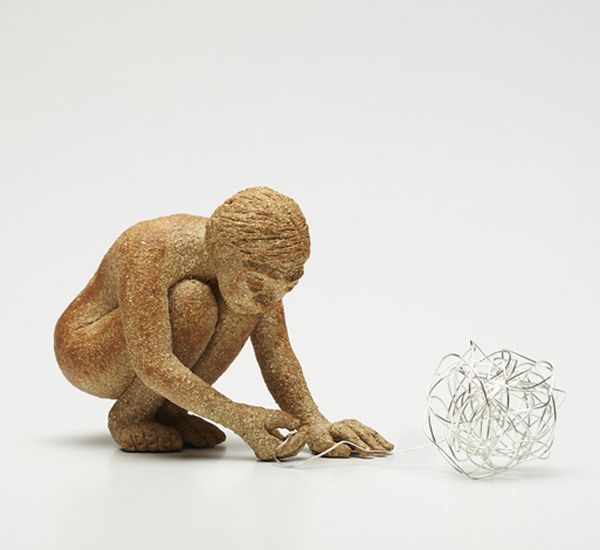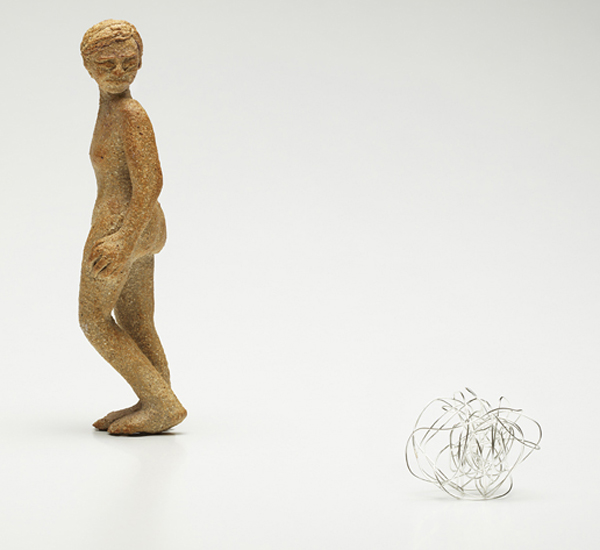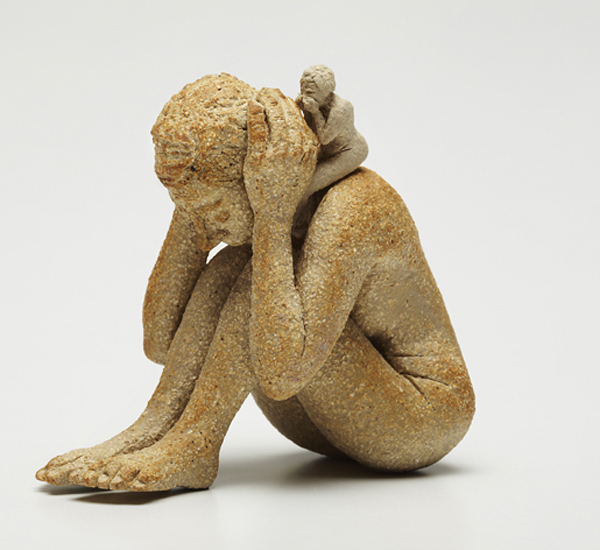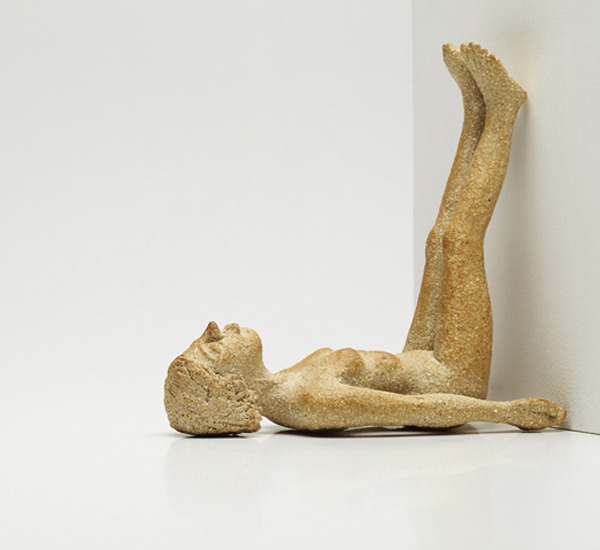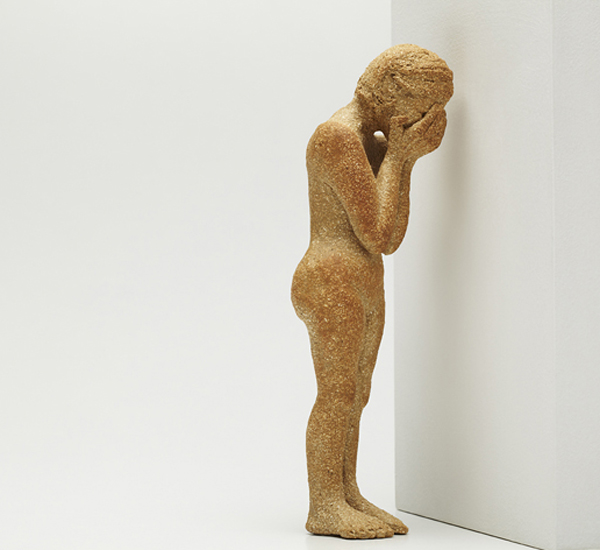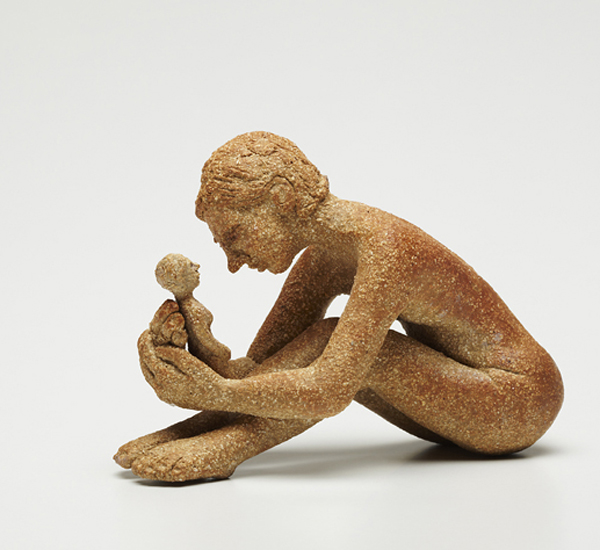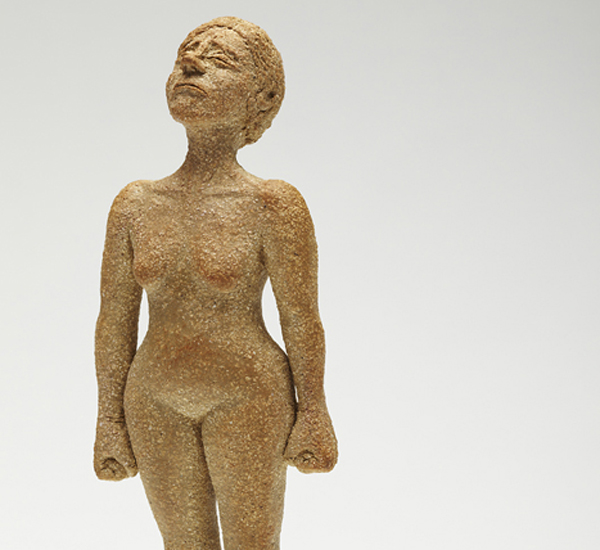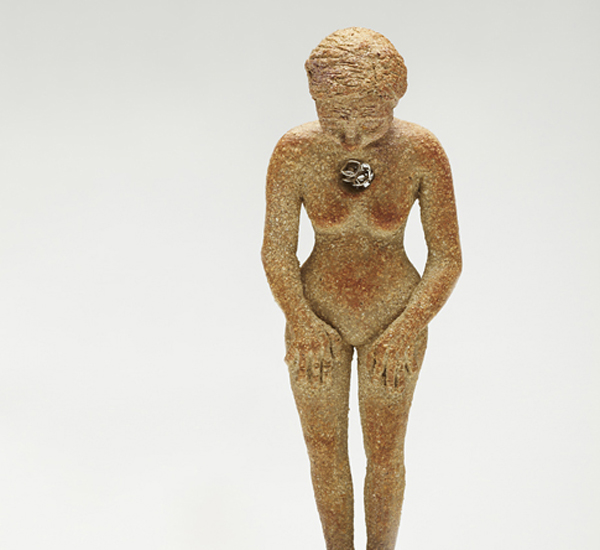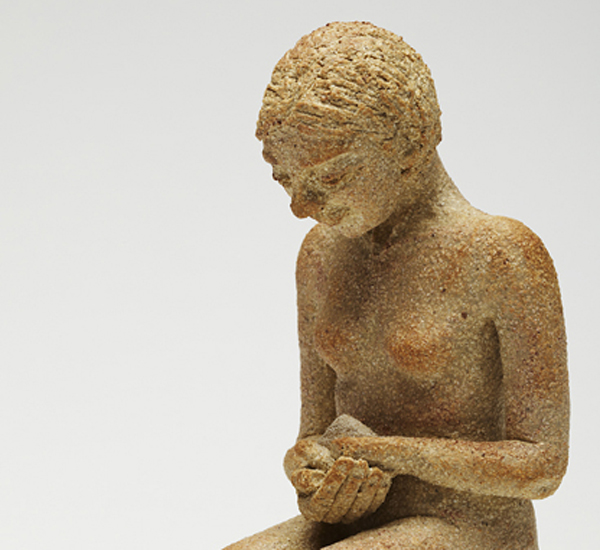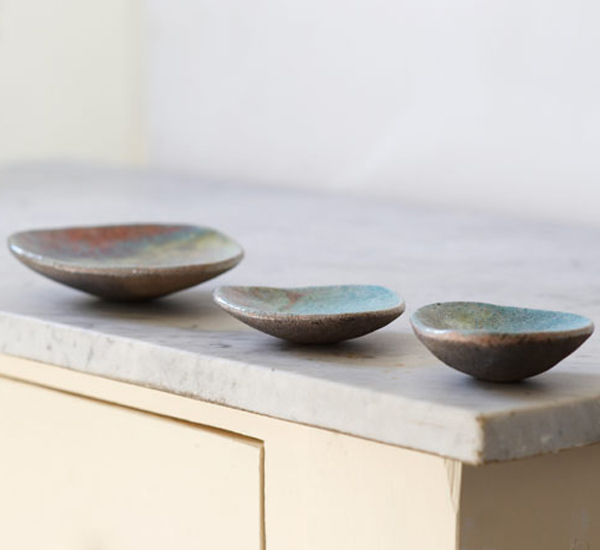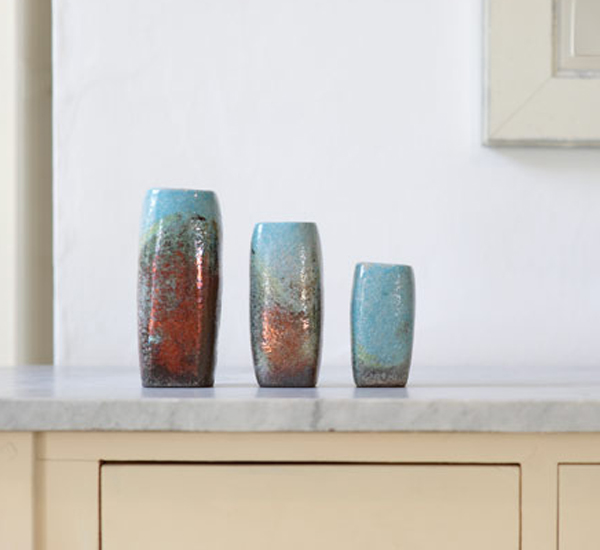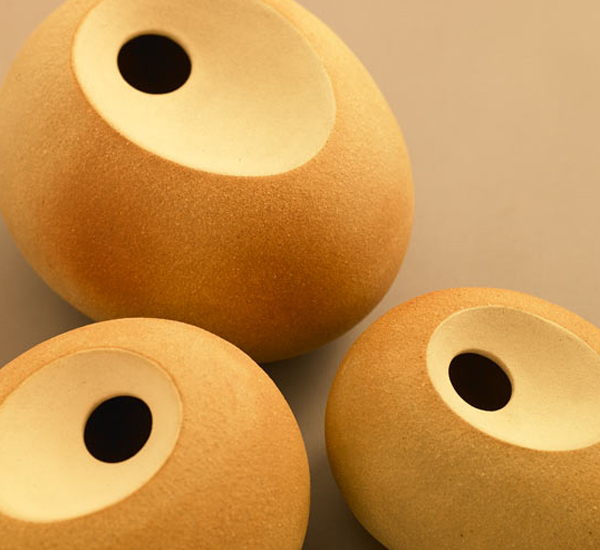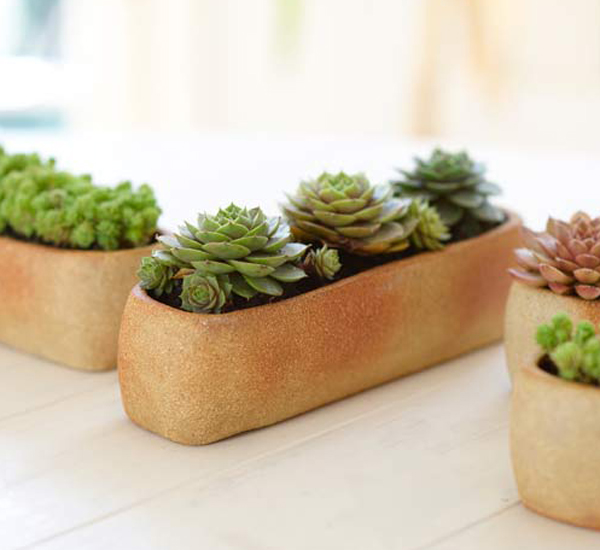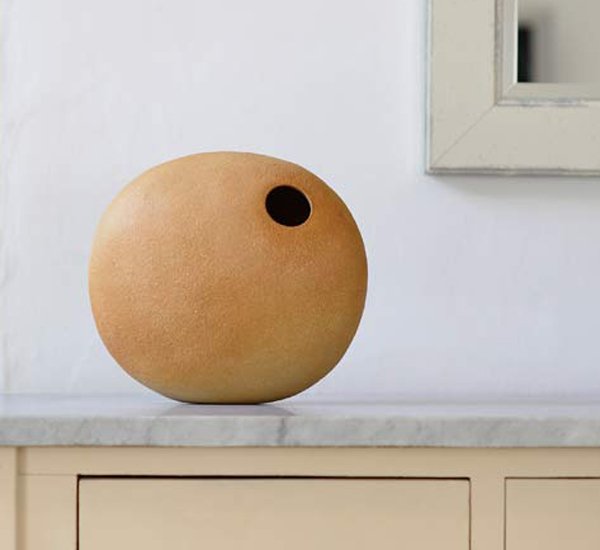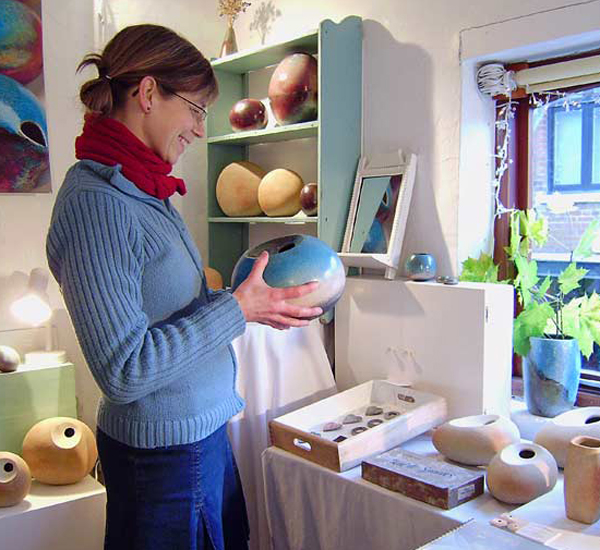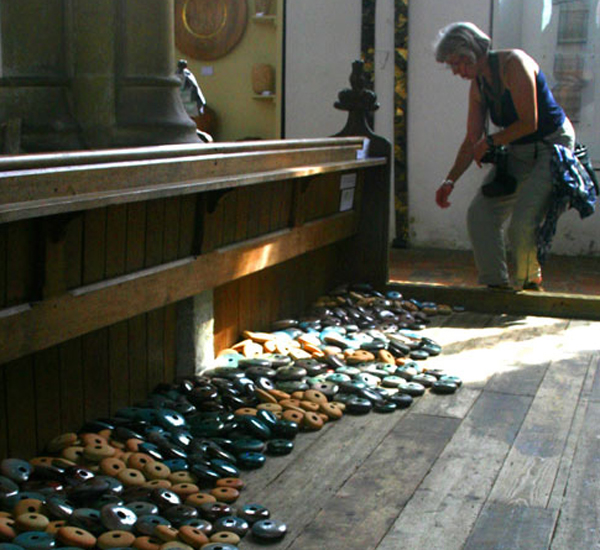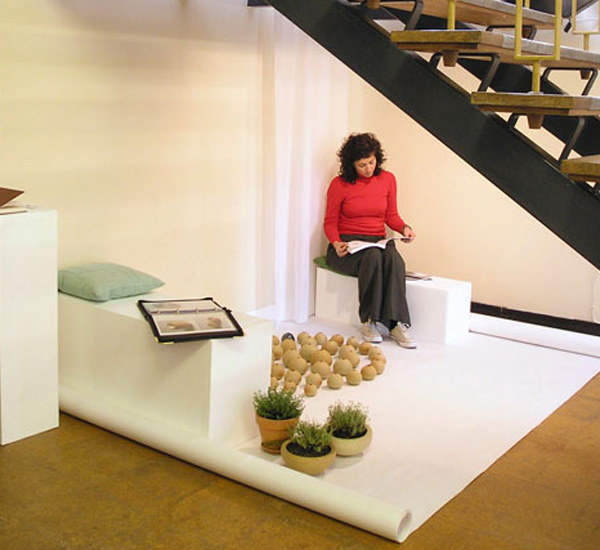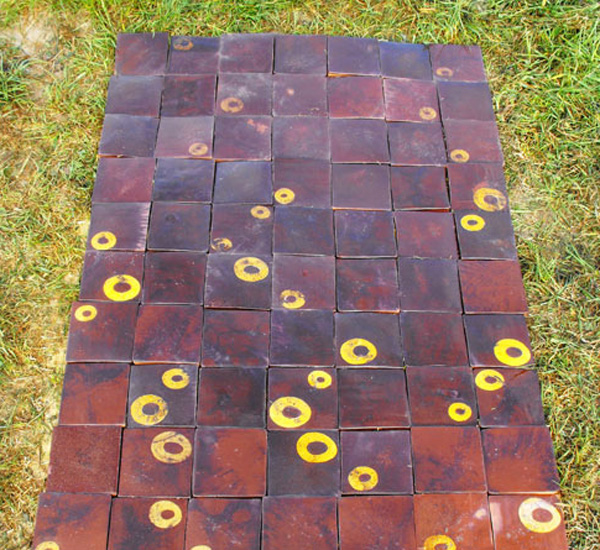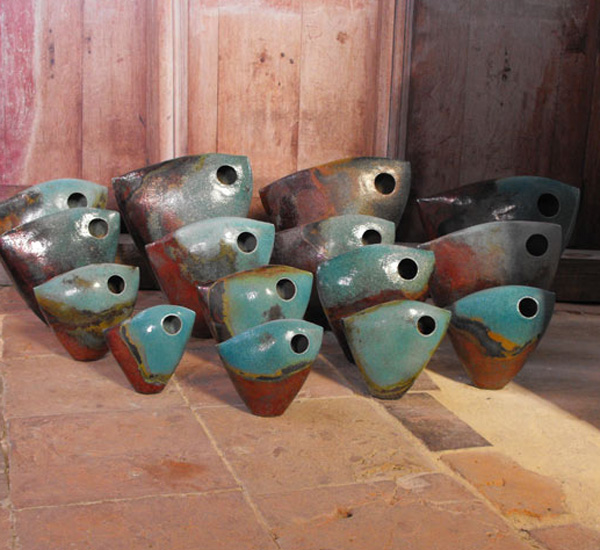‘Self-compassion involves generating kindness towards ourselves as imperfect humans and learning to be present with the inevitable struggles of life with greater ease.’ Kristen Neff
I think my figures are an attempt to explore these two key principles of self-compassion. Making the figures helps me understand that feeling inadequate and making mistakes is just part of being human. The figures remind me how valuable it is to be gentle as well as honest with ourselves when we’re faced with our own imperfections. The making process also helps me face difficulty and explore the painful emotions that often accompany it. By giving form to fear, despair, shame, disappointment and anger, I find that I can tolerate these emotions more easily and understand them as a normal response to the challenges that are just an unavoidable part of our lives. Making the figures also encourages me to recognise and celebrate a sense of wellbeing, so other figures express feelings of connection, acceptance, gratitude, wonder and joy! Although the figures are obviously personal, I hope they might resonate with your own experience.
Before I started making the figures I made pots for 10 years. Starting from a pinched form, I gradually built up the body of the pot using coils of clay. I enjoyed the slow, steady pace of handbuilding, getting to know each pot intimately, inside and out. The space inside was always as important as the external form and I aimed for a calm, quiet place at the heart of each piece. I focused on simple forms exploring curves, hollows and scoops. Constantly handling my pots during the making process, I hoped for a tactile quality in the finished piece – if someone instinctively reached out to touch a pot I knew I was heading in the right direction. I handbuilt in crank, a heavily grogged stoneware with a sandy texture. Some pots were left unglazed and fired to 1280°C in an electric kiln. The variation in colour, ‘toasting’, in these unglazed pots resulted from proximity to kiln elements and other glazed ware during firing. Other pots were raku fired using a copper glaze. Immediately after firing they were either reduced or oxidised to give a metallic lustre or bright turquoise finish respectively – often a combination of both occurred on the same pot. This was an exciting and unpredictable firing process and provided a valuable contrast to the quiet control of handbuilding. I still have a small selection of pots for sale.
